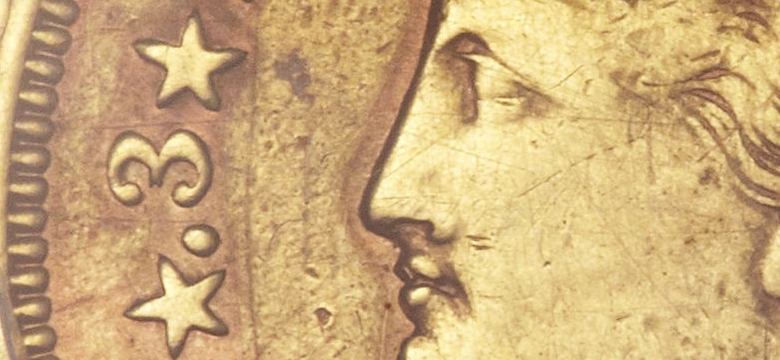When we happen upon a pile of old coins in an estate’s closet or safe, usually our first reaction is to look for the oldest coins in the cache. It may be counterintuitive however, that age is not always the biggest determinant of value. While coins minted in the mid 20th century and forward tend to be fairly common, even such pieces can become fairly expensive in higher grades. In other words, another main factor driving the value of a collectible coin is its condition.
Graded on a numerical scale from 1 to 70, assessing the condition of a numismatic item goes beyond simply saying something is in “good” or “fair” condition. In fact, terms such as “fine” and “very good” have been ascribed to specific numerical conditions on the coin grading scale. For example, the “fine” category includes grades 12 and 15 on the scale. Uncirculated and mint condition coins can range from a grade of 60 to 70. Cleaning, damage, or other problems are also taken into account, all of which are harmful to a given coin’s appearance, grade, and value.
Perhaps even more important to executors and heirs dealing with collectible coins are not the nuances of the grading scale, but how this will affect the value of the collection. With such a precise grading scale, coins on the higher end of condition regularly sell for markedly more than a lower-end piece. The discrepancy is often dramatic.
As such, they are fairly scarce and are quite popular among collectors. In addition to this rarity, though, one of the main determinants of their value is condition. In August 2014, Heritage sold a lightly circulated and damaged 1879 Stella for only $47,000 including the buyer’s premium. This piece was considered a more affordable example due to the condition issues that were present on the surfaces due to wear and mishandling – though it still graded as “Extra Fine” – around 40-45. By comparison, just two months later, Heritage Auctions sold another 1879 Stella, this time in far nicer condition (graded a Proof 64), for the notable sum of $165,675 including the buyer’s premium. This lovely piece commanded a strong premium for its excellent condition and appearance.
With this example in mind, remember to seek expert advice in assessing the condition of a coin collection rather than simply considering age. This can include seeking an evaluation from an expert numismatist or utilizing the services of the rare coin industry’s two most trusted grading companies, PCGS (Professional Coin Grading Service) or NGC (Numismatic Guarantee Corporation). The difference in a few points on the grading scale can produce a significant differential in value among scarcer pieces, which increases the thrill of the hunt.
